It’s World Reef Awareness Day: Here’s What Your Sunblock Is Doing to Coral Reefs
June 1st is World Reef Awareness Day. These biological systems are incredibly important to the health of our oceans and are also very fragile. Researchers believe that the oldest corals are over 500 million years old, and the first ones were discovered in 1770 by British Explorer Captain James Cook.
As much as we love to marvel at the beauty of the corals when we go on seaside vacations, humans are causing major harm to the coral reef ecosystems in an unexpected way: by wearing sunscreen. While sunblock is vitally important to protect your skin from harmful UV rays, we must also consider how our actions as humans affect the environment.
Chemicals in Most Sunscreens are Harmful to Marine Life
Many chemicals used in sunscreens are harmful to coral reefs and other marine life. When we go in the water, some of the sunscreen washes away. It is estimated that 14,000 tons of sunscreen end up in the ocean each year. When sunblock reaches corals, it can accumulate on the coral’s tentacles, inducing bleaching, causing damage to the coral’s DNA, or even killing the coral all together. The chemicals in sunscreen can also cause growth deformities in the corals, as well as an increased chance of Stony Coral Tissue Loss Disease.
What Can We do to Prevent Further Damage?
Sunblock helps protect our skin from skin cancer, so clearly we can’t just stop wearing it. Many destinations are also beginning to ban toxic sunscreens from their beaches, so what’s the alternative?
Stop using chemical sunscreens, especially when you’re going into the ocean. Chemical sunblocks absorb UV rays; this reduces the damage that the sun can cause to your skin. Chemical sunblocks may be easier to find in stores, but they are less effective than mineral sunscreens and need to be applied more often. Plus, the chemicals inside them hurt coral reefs.
Avoid these chemicals in particular:
- Oxybenzone
- Benzophenone-1
- Benzophenone-8
- OD-PABA
- 4-Methylbenzylidene camphor
- 3-Benzylidene camphor
- nano-Titanium dioxide
- nano-Zinc oxide
- Octinoxate
- Octocrylene
Switch to a mineral sunblock. Also known as physical sunblock, mineral sunscreens reflect UV rays instead of absorbing them. The main, active ingredients in mineral sunblocks are titanium dioxide and zinc oxide. Mineral sunblocks form a physical barrier on the skin.
Great Mineral Sunscreens on the Market
Sun Bum Mineral Sunblock – Sun Bum’s broad spectrum SPF sunblock is water-resistant for up to 80 minutes. The sunblock is 20% zinc oxide and is gluten-free, hypoallergenic, vegan, and cruelty-free.
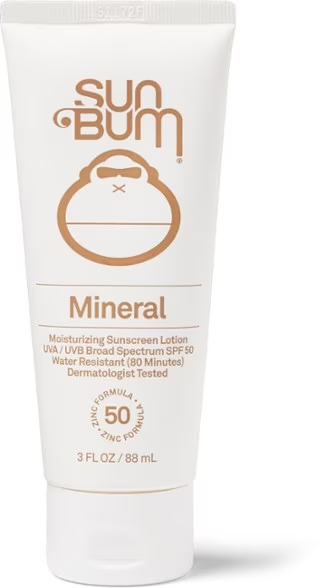
Thrive Natural Body Mineral Sunscreen – This 23.5% zinc-oxide sunscreen is hydrating, and it nourishes the skin while also being reef-friendly. With a minimal white cast, this sunscreen has a faster absorption time and will leave you feeling less greasy overall.

Blue Lizard Sensitive Mineral Sunscreen – This sweat and water-resistant sunscreen lasts up to 80 minutes. There are no active, chemical ingredients. Blue Lizard prides itself on being reef-friendly, since there is no oxybenzone or octinoxate.
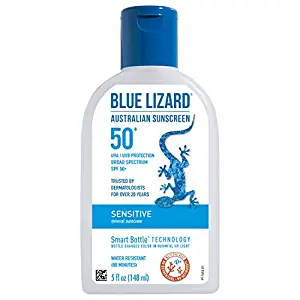
Australian Gold Botanical Sunblock – This SPF 50 lotion is made with zinc and titanium, which will keep your skin protected without the sticky, thick feeling that comes with some other mineral sunblocks. While protecting you from the sun, this sunblock will also moisturize and soothe your skin with ingredients like eucalyptus and red algae.
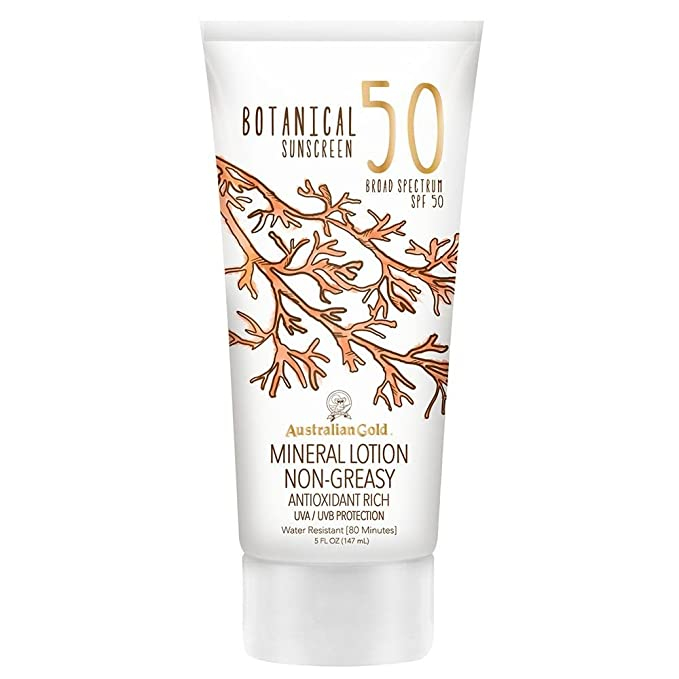
Neutrogena Sheer Zinc Oxide Sunscreen – This hypoallergenic, unscented sunblock is made to protect you from harsh UV rays and sunburn. With 100% naturally sourced zinc oxide, this sunscreen is formulated to be used on sensitive skin.
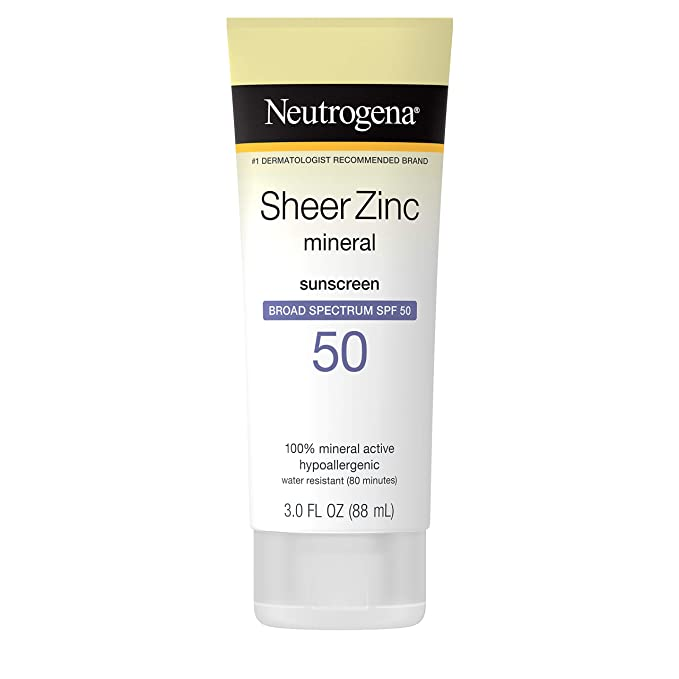
ColorScience Sunforgettable Total Protection Brush-On SPF50 – If you’ve been looking for a sunblock that’s easy to reapply and won’t disrupt your makeup (especially if you forgot to put it on in the morning), this SPF50 mineral sunblock is made with 22.5% titanium dioxide and 22.5% zinc oxide.
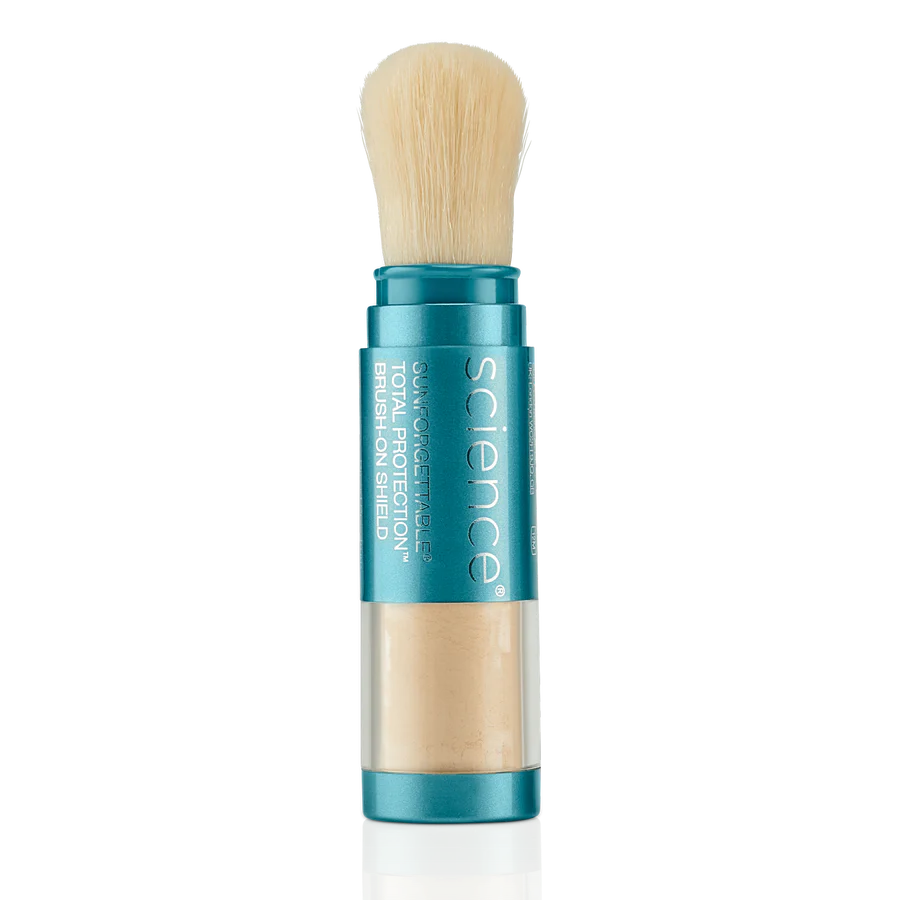
Did you know your sunscreen could be harming the ocean? Share your favorite reef-safe sunblock in the comments.
Source: https://outdoors.com/heres-what-your-sunblock-is-doing-to-coral-reefs/







